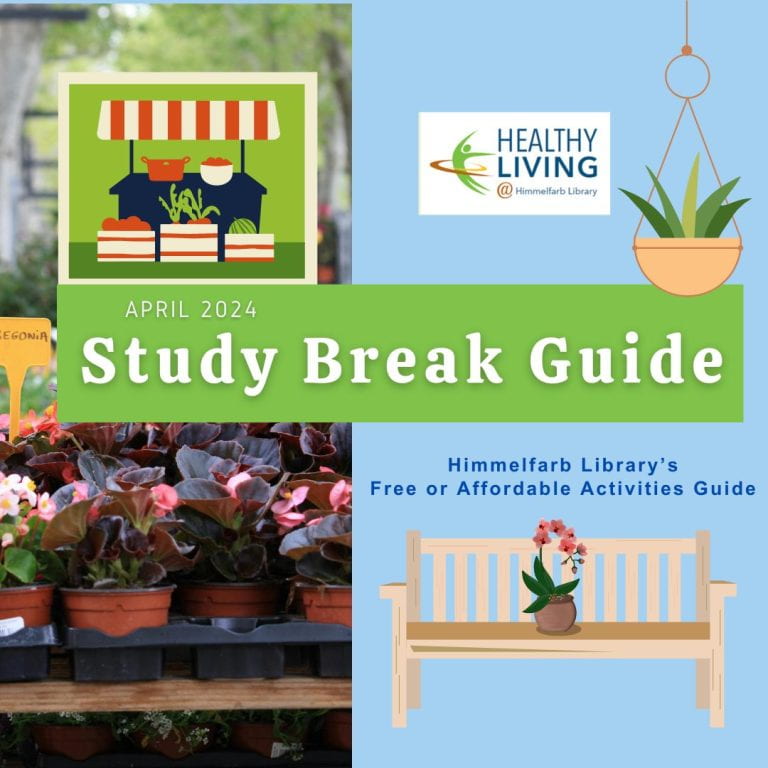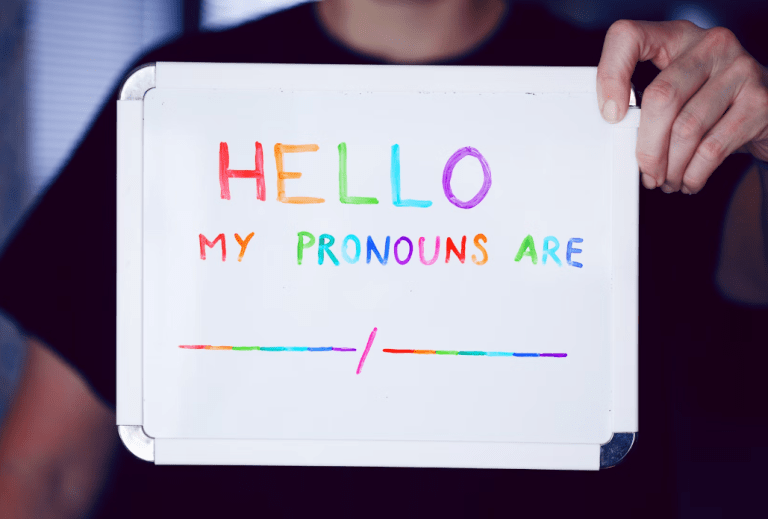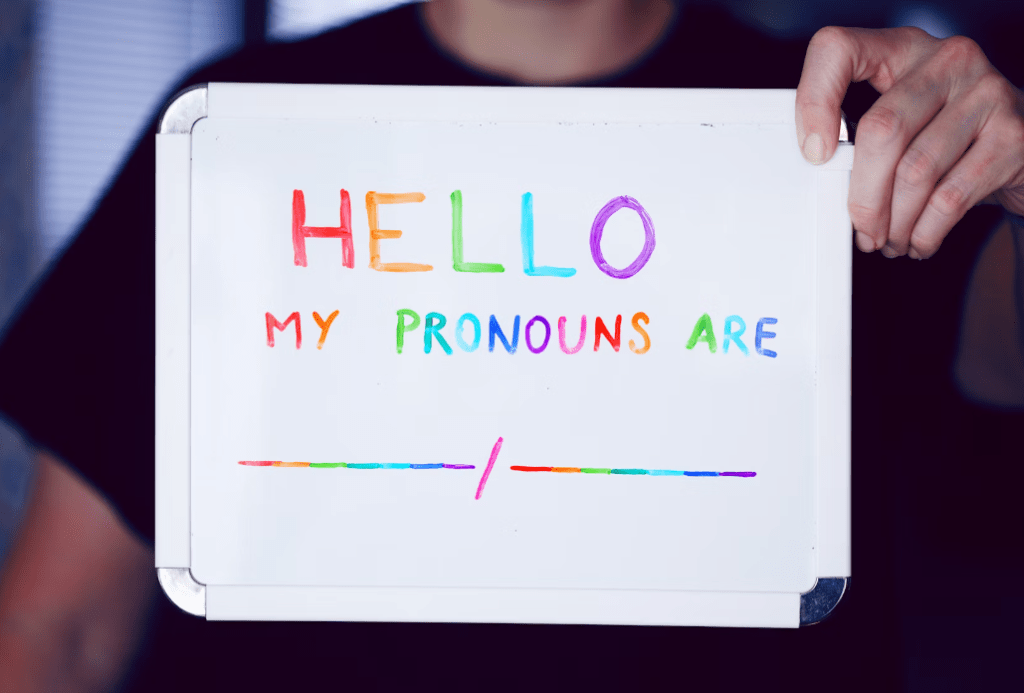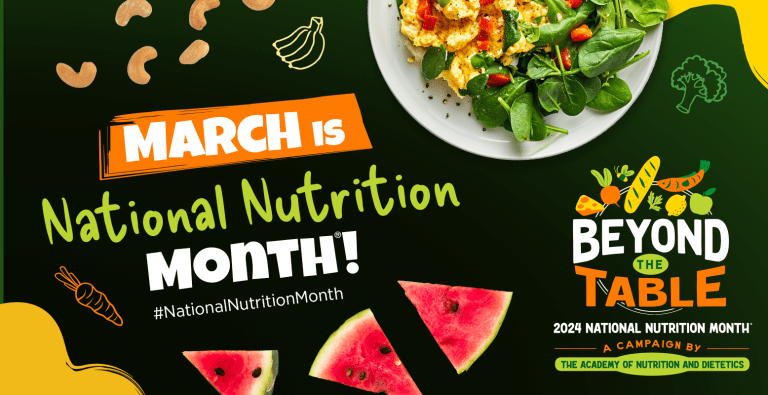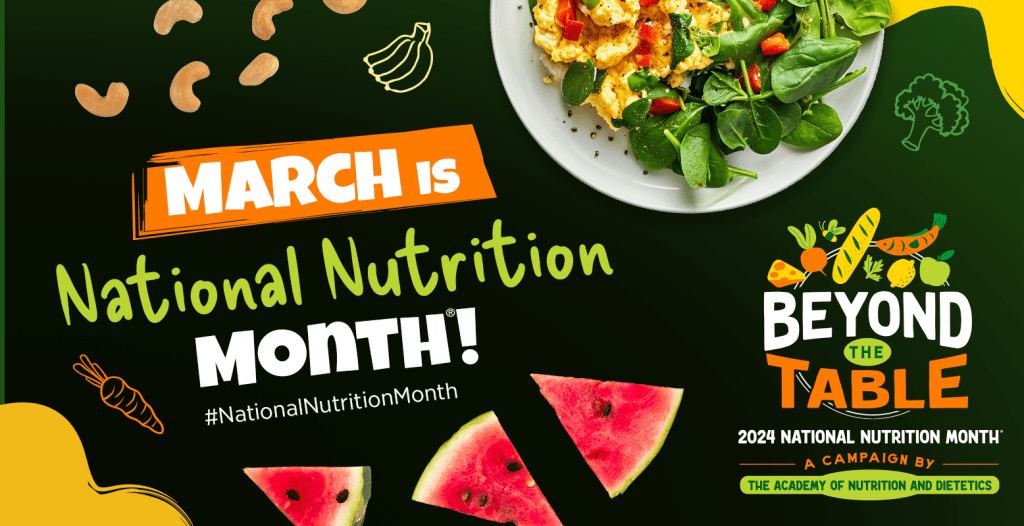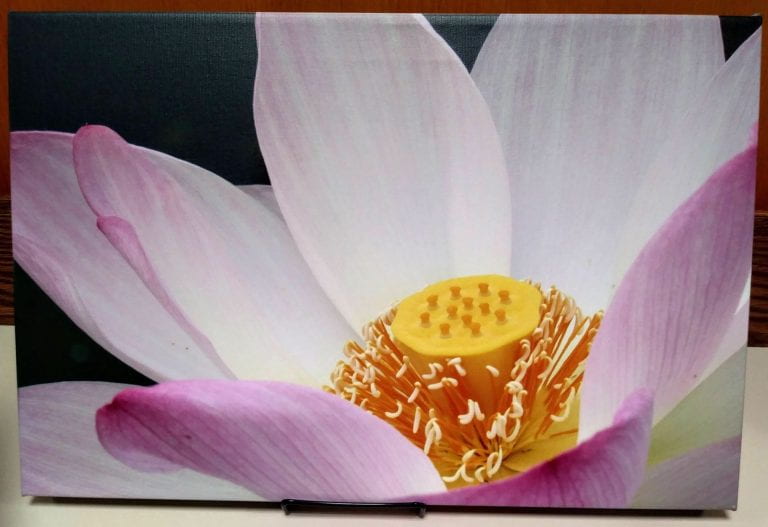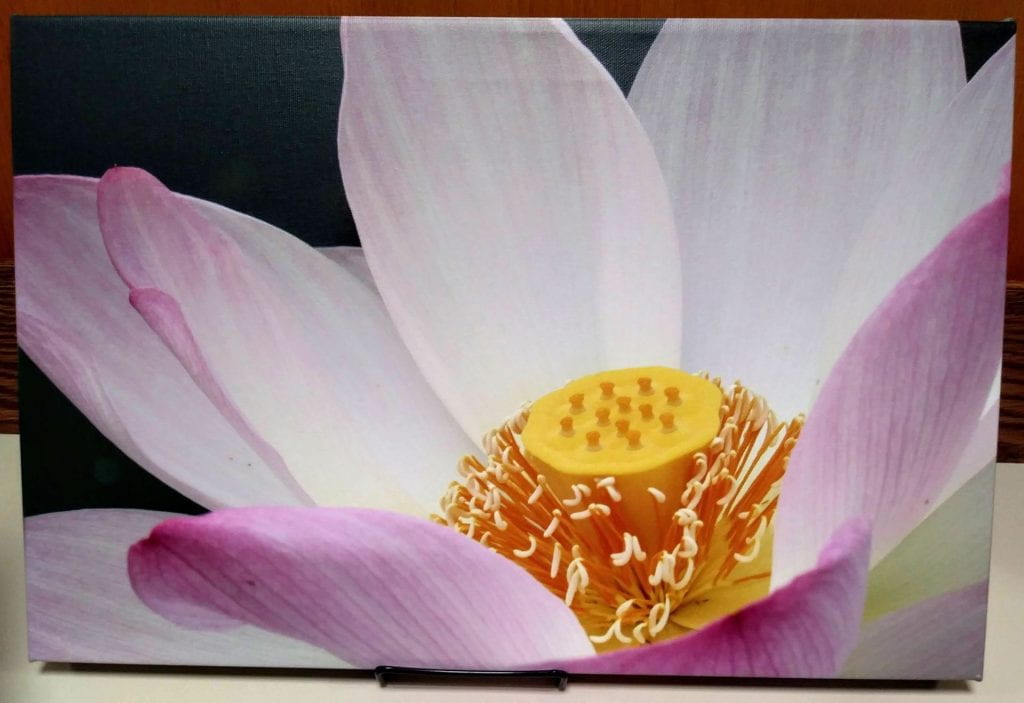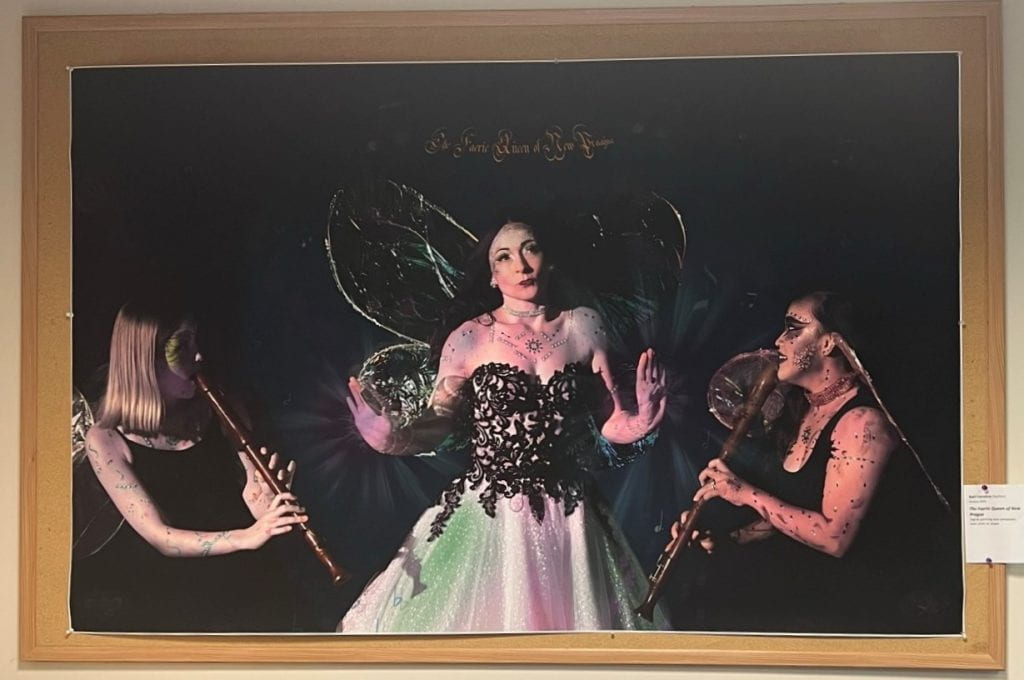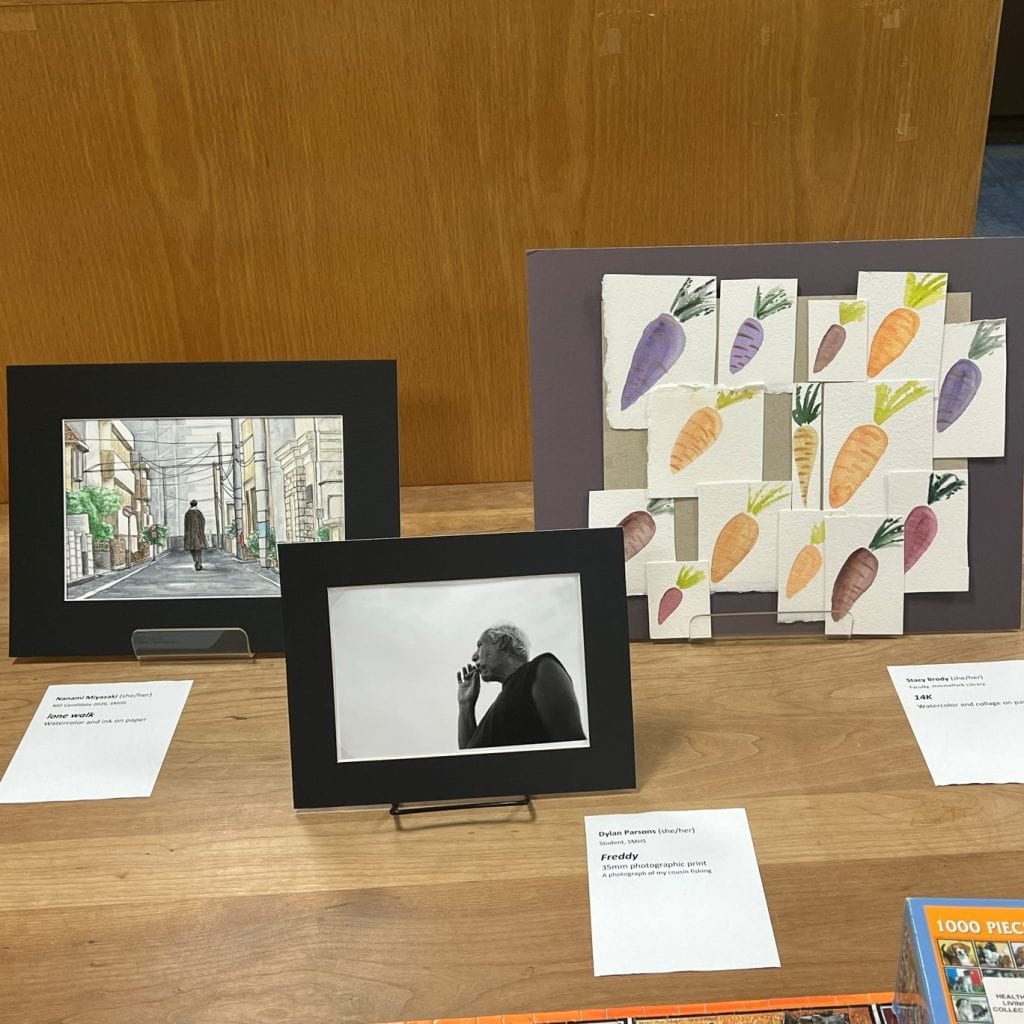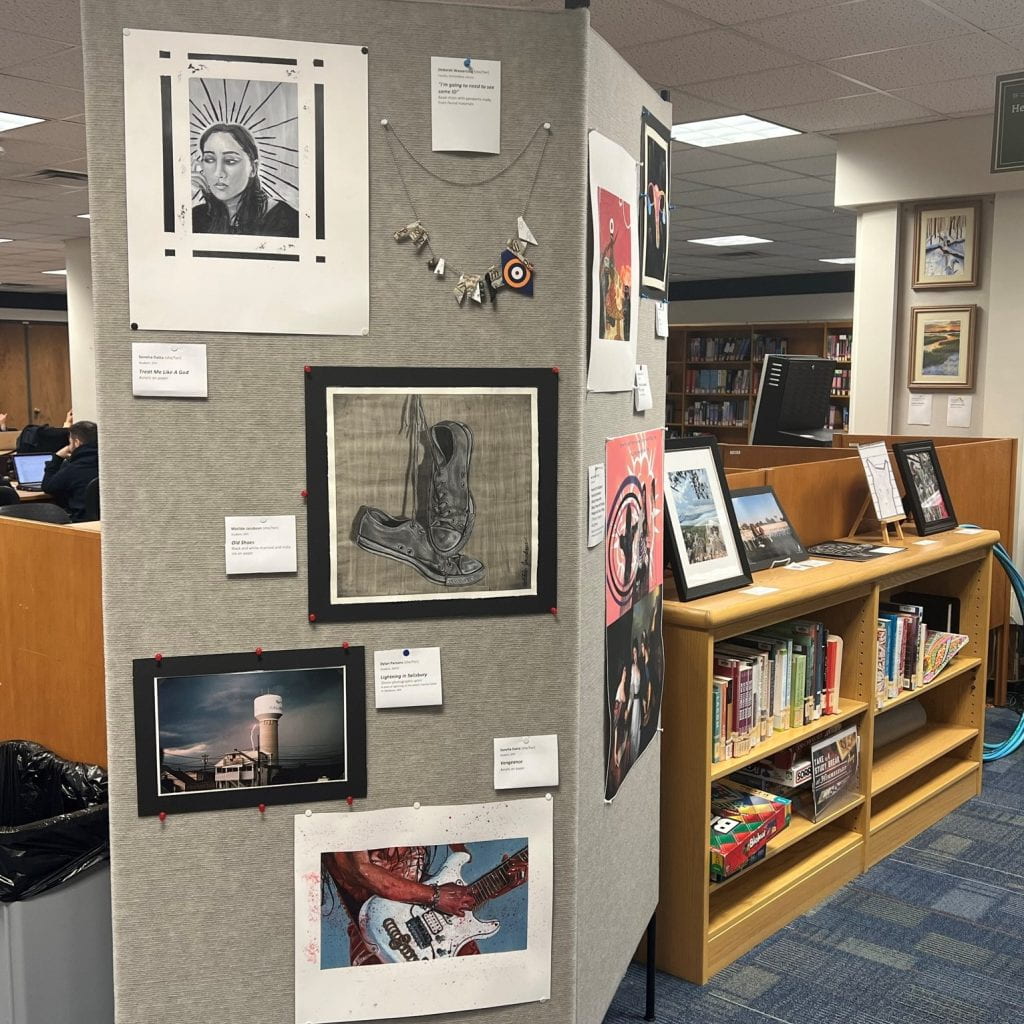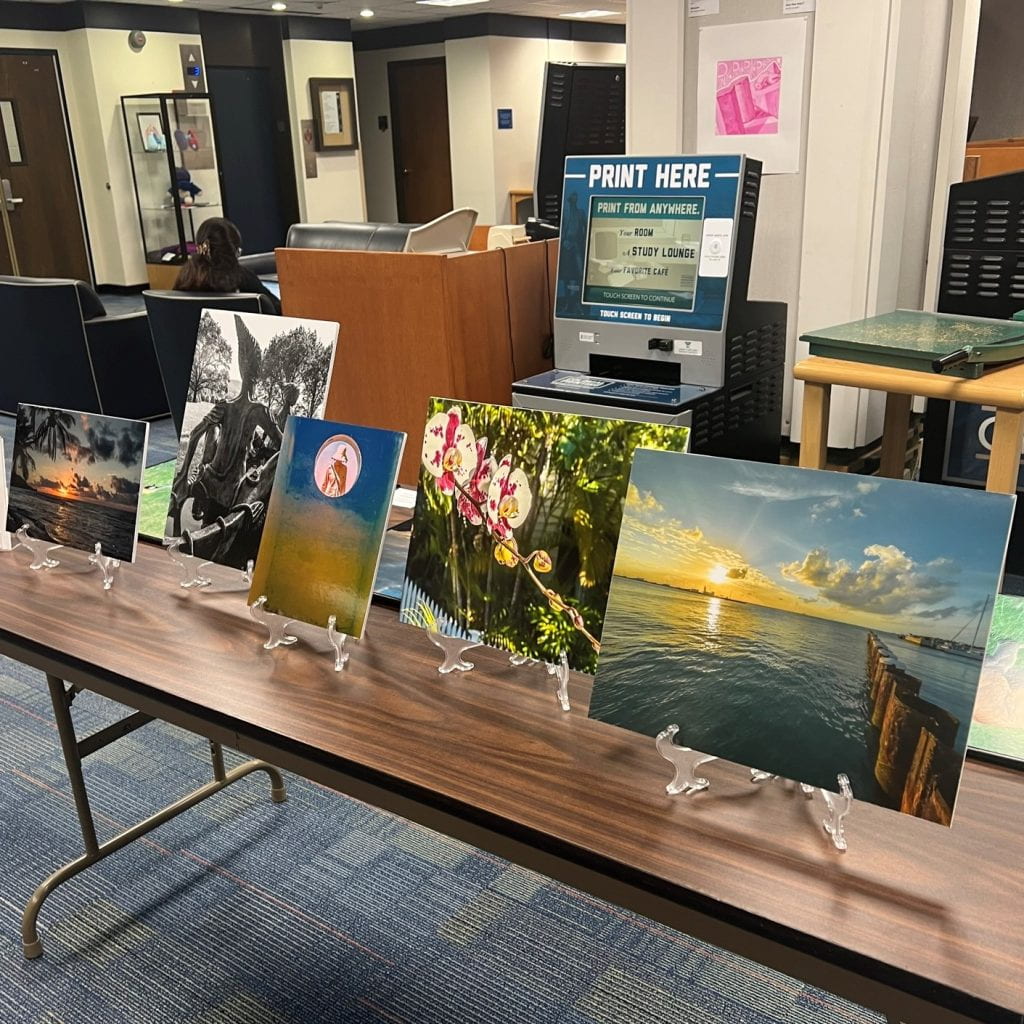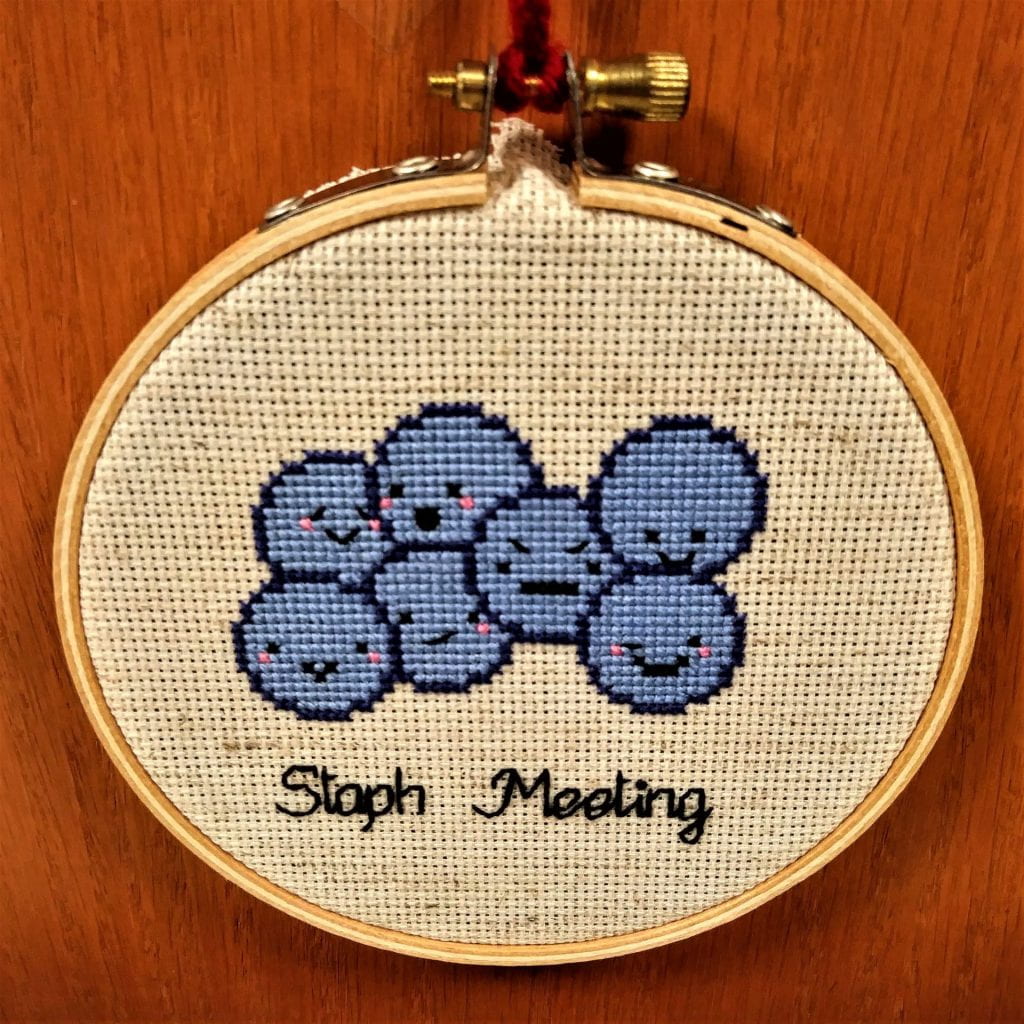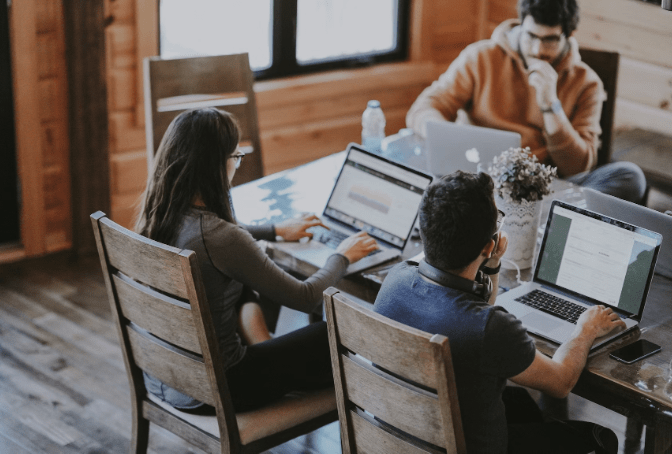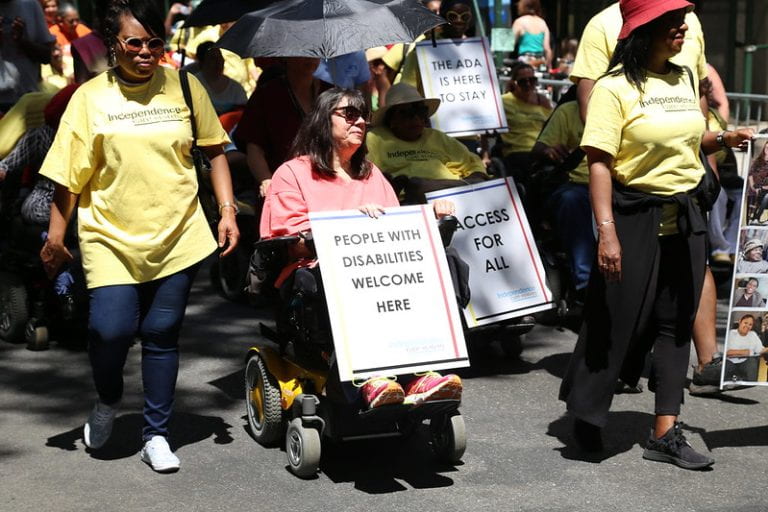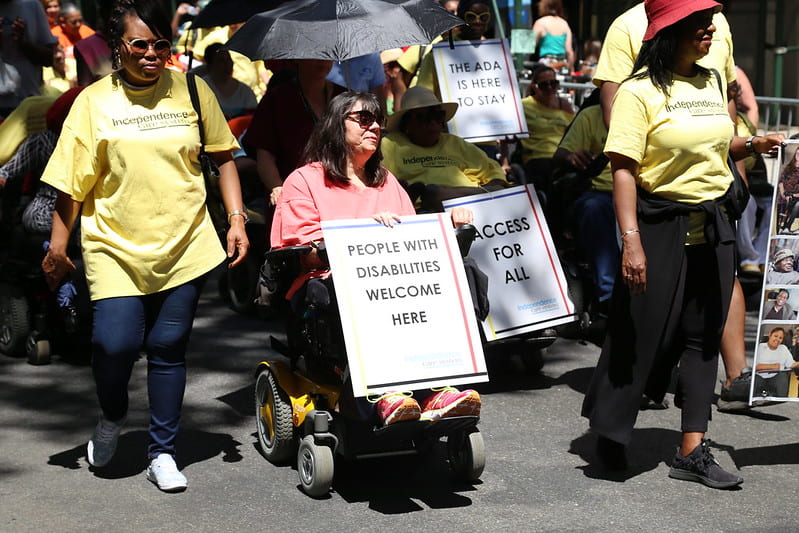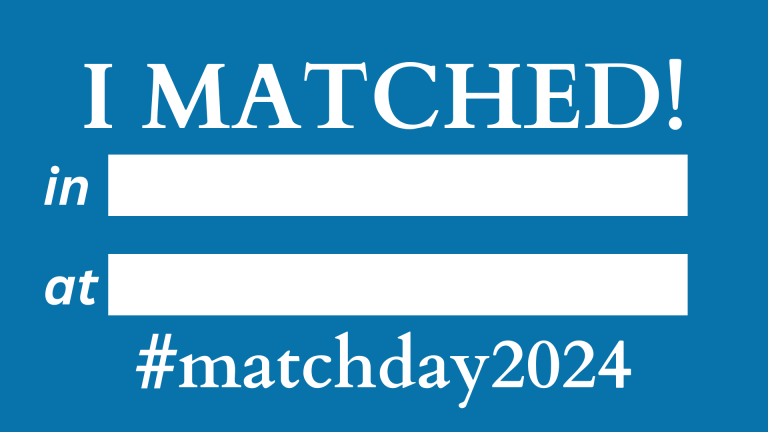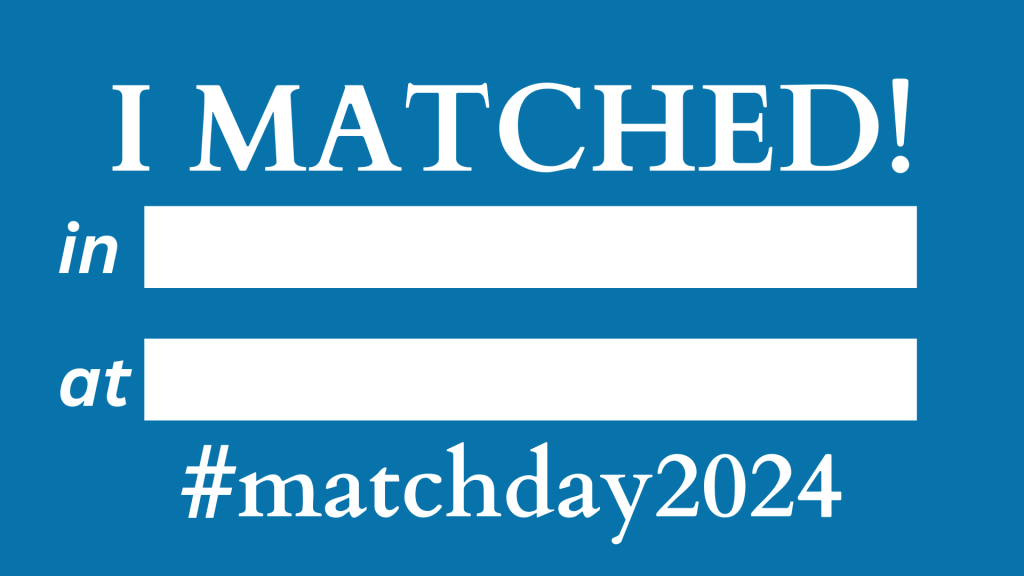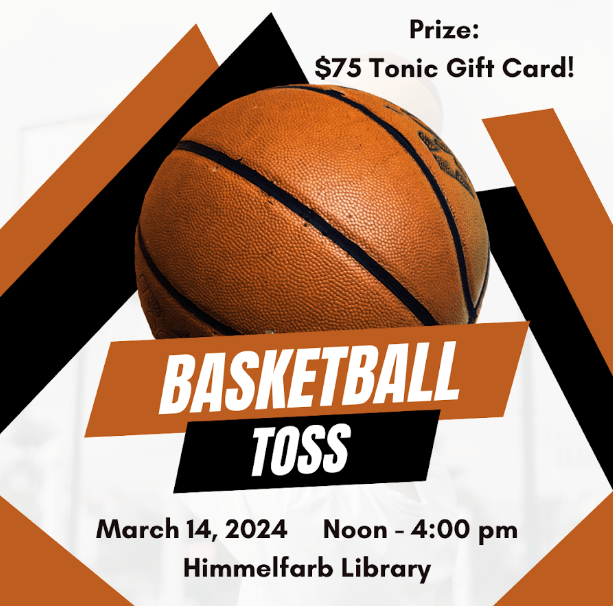
Artomatic
Date: Monday, April 1-April 28, 2024
Wed-Thurs 5:00 PM-9:30 PM / Fri-Sat 12:00 PM-12:00 AM / Sun 12:00 PM-9:00 PM. Mon-Tues Closed.
Location: 2100 M Street, NW.
Cost: FREE!
Artomatic returns close to campus for its signature art event drawing hundreds of artists and performers from throughout the D.C., Maryland, and Virginia area for a seven-week free exhibition to celebrate the arts! Stop by to see and admire works by local artists.
Student Discount Tickets: Washington Nationals
Dates: Available for nearly all regular season home games; Offer not valid for the Futures Game, Opening Day, or Postseason
Location: Nationals Park, 1500 South Capitol Street, SW.
Cost: Save 30% off face value; Tickets start at just $8
Baseball is here! Have fun at the ballpark and cheer on the Nats! The Nationals have a special ticket offer to help college students save on tickets all season long!
OUR SONGS: A Musical Revue
Date: Thur-Sat, April 4, 5, 6, 2024 at 7:30 PM / Sun, April 7, 2024 at 2:00 PM
Location: Dorothy Betts Marvin Theatre. 800 21st Street NW.
Cost: $10 Students/Seniors, $20 General Admission
Curated by GW students, Music and Theatre & Dance programs join forces to showcase all that musical theatre can offer. Directed and choreographed by Jennifer J. Hopkins with music direction by Sammy Grob, go see a performance that draws from the wellspring of musical stage including Carrie, Cabaret, Follies, La Cage Aux Folles, 9 to 5, A Strange Loop, and more!
Jacqueline Woodson’s Block Party!
Date: Saturday, April 13, 2024. 1:00 PM-5:30 PM. (Rain date: Apr. 14, 2024)
Location: REACH Plaza, Kennedy Center
Cost: FREE! Reservations encouraged.
Enjoy music, food, and fun at the Kennedy Center Block Party hosted by Education
Artist-in-Residence and award-winning author Jacqueline Woodson! Free performances, fun-filled games, and various activities will be on the REACH grounds all afternoon, featuring DC area artists and entertainers. Food and refreshments will also be available for purchase from local food trucks. This is a perfect way to spend a beautiful spring afternoon.
Sakura Matsuri – Japanese Street Festival
Date: Sat-Sun, April 13-14, 2024
Location: Pennsylvania Avenue, NW. (Between 3rd and 7th Streets)
Cost: $15.00 - One Day Ticket Advanced. $20.00 - Same Day
The Sakura Matsuri, a Japanese street festival is the largest celebration of Japanese culture in the United States. The festival features over 24 hours of Japanese cultural performances on four stages (including J-Pop, traditional Japanese music, and martial arts) and a diverse range of cultural exhibitors, artisan and commercial vendors of traditional and contemporary Japanese goods. Japanese and other food and beverages will be available. The festival also spotlights travel and tourism opportunities and innovative Japanese technologies.
Georgetown French Market
Date: Fri-Sun, April 26-28, 2024. Fri-Sat. 10:00 AM-5:00 PM / Sun. 12:00-5:00 PM.
Location: Wisconsin Avenue from O St to Reservoir Rd.
Cost: FREE!
The annual Georgetown French Market is a popular open-air market originally inspired by the outdoor markets in France that has become a tradition in DC, and one of the biggest shopping events of the year for local small businesses. More than 35 local boutiques, antique stores, restaurants, salons and galleries display their discounted wares for up to 75% off. Neighborhood restaurants also offer food and drink specials, sale on French wines, pastries, croissants, and macarons from French bakery Patisserie Poupon. On Saturday and Sunday, the French Market will feature live music, a balloon artist, roaming stilt-walkers, a unicyclist, pop-up flowers, book sales, and more.
Friends of the National Arboretum (FONA) Garden Fair & Plant Sale
Date: Saturday, April 27, 2024. 9:00 AM-4:00 PM. Rain Date April 28, 2024.
Location: U.S. National Arboretum. New York Ave Parking Lot. 3501 New York Ave NE. Free shuttle service is available between event parking lots. Parking is free.
Cost: FREE!
Celebrate spring and Arbor Day at the National Arboretum. They will have a fantastic array of plants, expert gardening advice, dozens of local vendors, and outdoor activities! Over 30 local gardening, home goods, food, and beverage vendors will bring products specially picked for this event. While there, don’t miss the wonderful Azalea Collections that are often in full bloom this time of year.
Image source: Pexels

